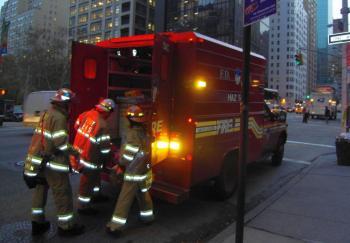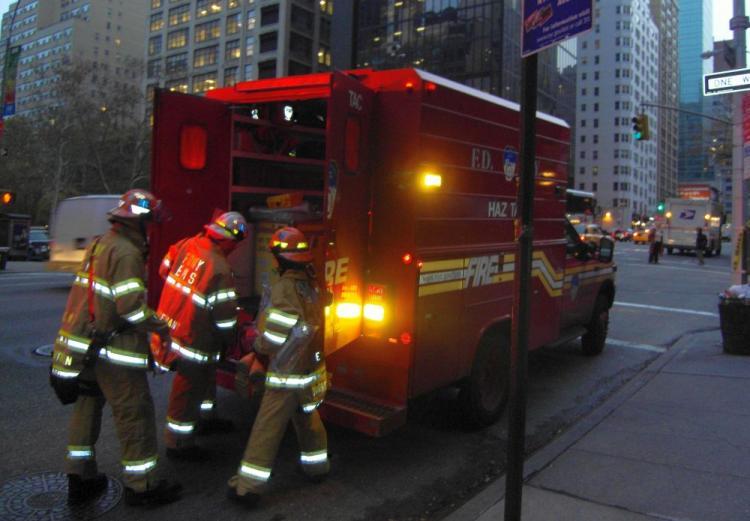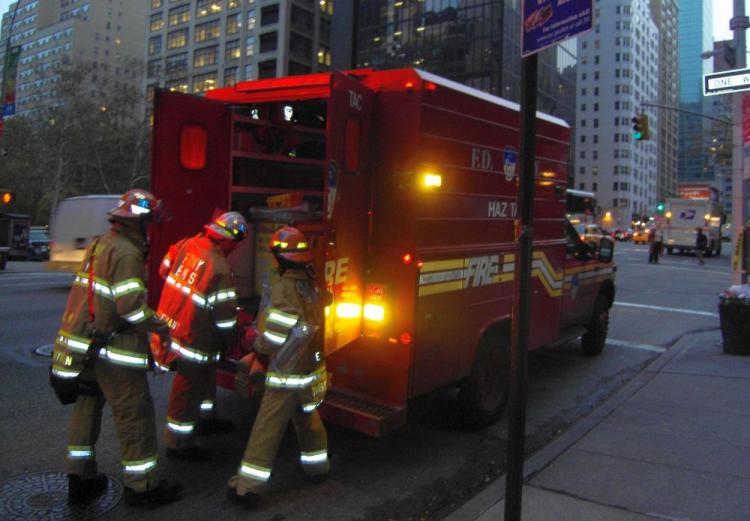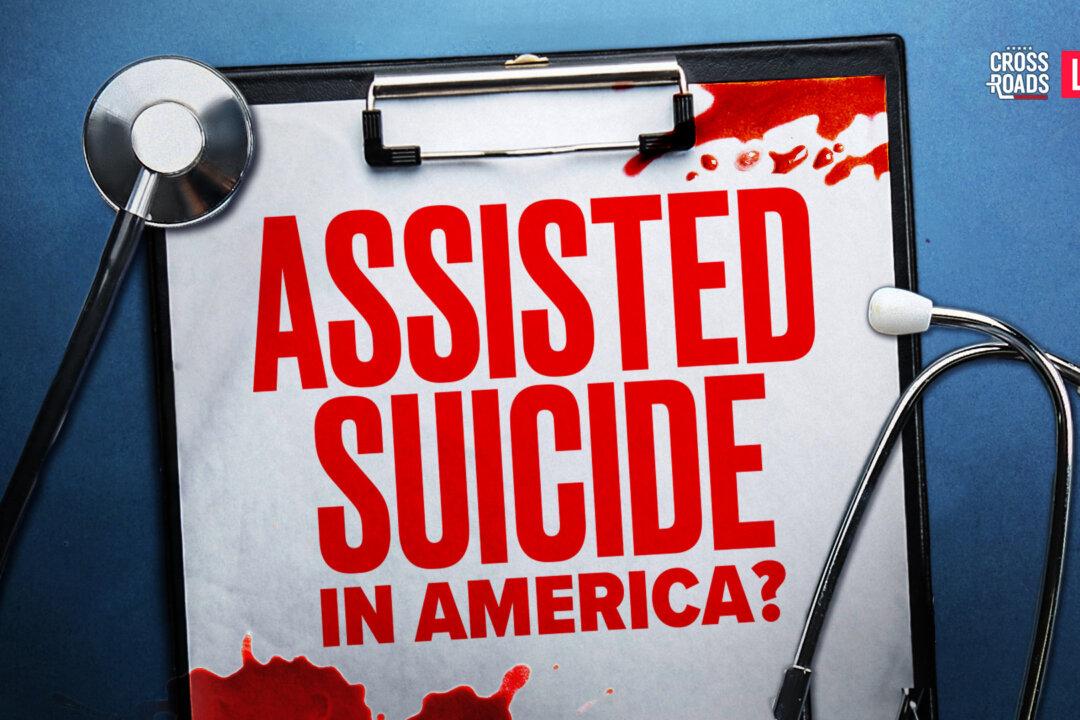Biological pathogens and toxins, (sometimes called BSAT), whose use, possession, and transportation are regulated by the Department of Health and Human Services and other government branches.
The toxins “have the potential to pose a severe threat to public, animal, or plant health, or to animal or plant products,” the biosecurity group’s report says, adding that, “Many BSAT cause severe disease for which there is no treatment and/or vaccine.”
There have been issues in the past regarding biological attacks. The anthrax mail attacks that killed five people in 2001 were among the most well known such attacks.
Before 1996 there was no list of restrictions on etiologic agents or toxins for storage or transportation. There were also no licensing programs or need for registration to possess or transport the materials.
This changed however, after white supremacist Larry Wayne Harris ordered strains of a plague from a supplier in May 1996 and after the Oklahoma City Bombing in April 1995 shone a spotlight on the issue.
Congress passed the Antiterrorism and Effective Death Penalty Act in 1996, with one section establishing a list of BSAT with potential threats to public health and safety. The HHS Select Agent Program (SAR) was formed shortly after.
After the 2001 anthrax attacks, Congress also passed the Bioterrorism Response Act which expanded the SAR to cover substances that threaten plant and animal health. The final rules of SAR were published on March 18, 2005.
Closing the Gaps
The recent report suggests a reassessment of the agents on the list, since not all of the 82 agents and toxins “pose the same level of risk to public health.”
It says there should be a risk assessment for each item on the list, based on public health and criteria for biodefense and biosecurity.
There are also suggestions that improvements are made in how individuals are screened before and after they are granted access to BSAT. Among them are random drug testing and “continuous monitoring” measures of those who have BSAT access.
Currently, there is no minimum prescriptive standard for physical security at facilities that handle, store, or transport BSAT. The report recommends that a minimum standard be created with options for additional security measures when needed.
Dangerous Materials
According to the report, the SAR has “strengthened the biosecurity of the United States since its implementation.” However, there are still gaps in the system.
In 2004, three researchers at Boston University were infected with Francisella tularensis that causes tularemia, in two different incidents after the researchers were sent the bacterium.
A similar incident took place at a Texas A&M University laboratory in 2006 when a laboratory worker was infected with Brucella while cleaning a safety hood. An investigation later found that the university violated dozens of the SAR rules.
Bioterrorism is also a concern since the agents are easy to obtain, they naturally spread once a person or organism is infected, and “some biological weapons are relatively inexpensive to produce,” says the report.
In addition, “Unlike research on nuclear materials, the vast majority of BSAT research is unclassified, and conducted in support of a wide variety of basic research and public health needs beyond biodefense, including cancer treatments and medical countermeasures for naturally occurring disease outbreaks,” the report says.








Friends Read Free